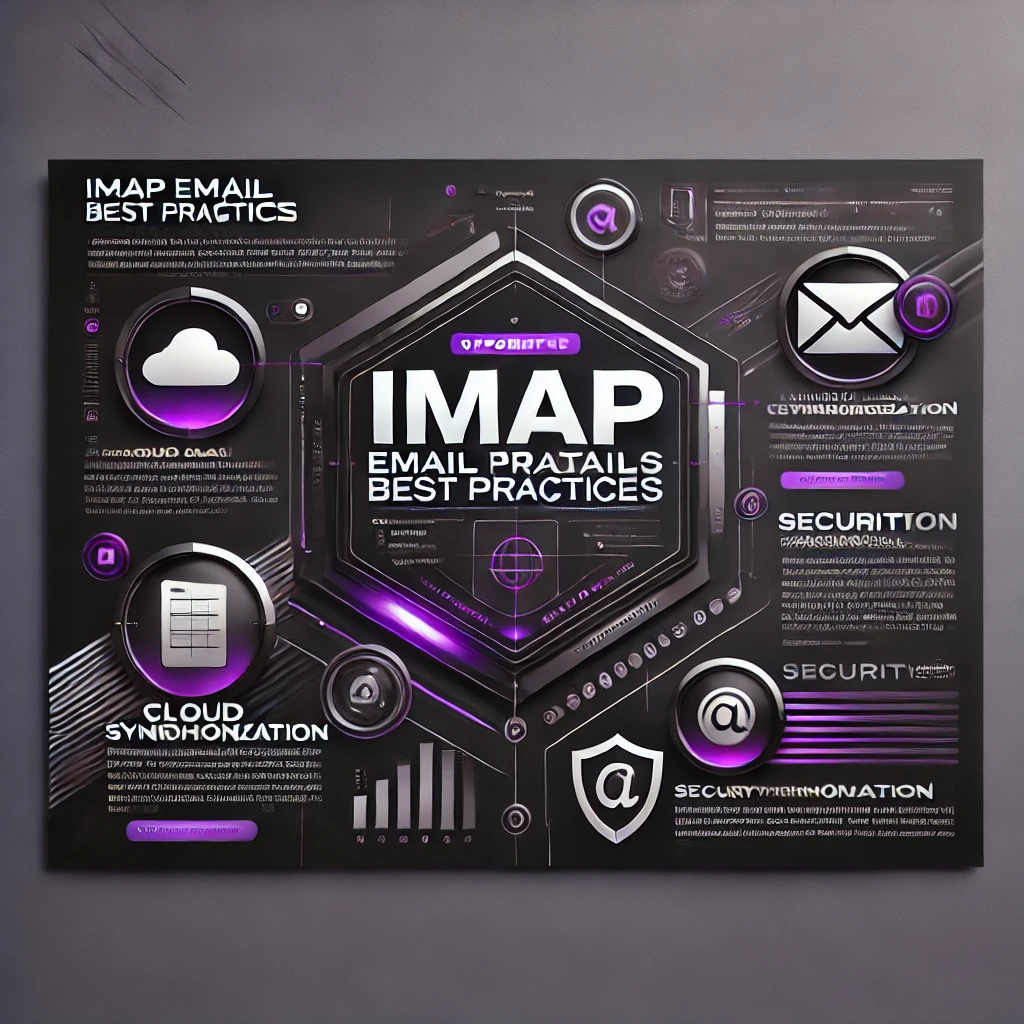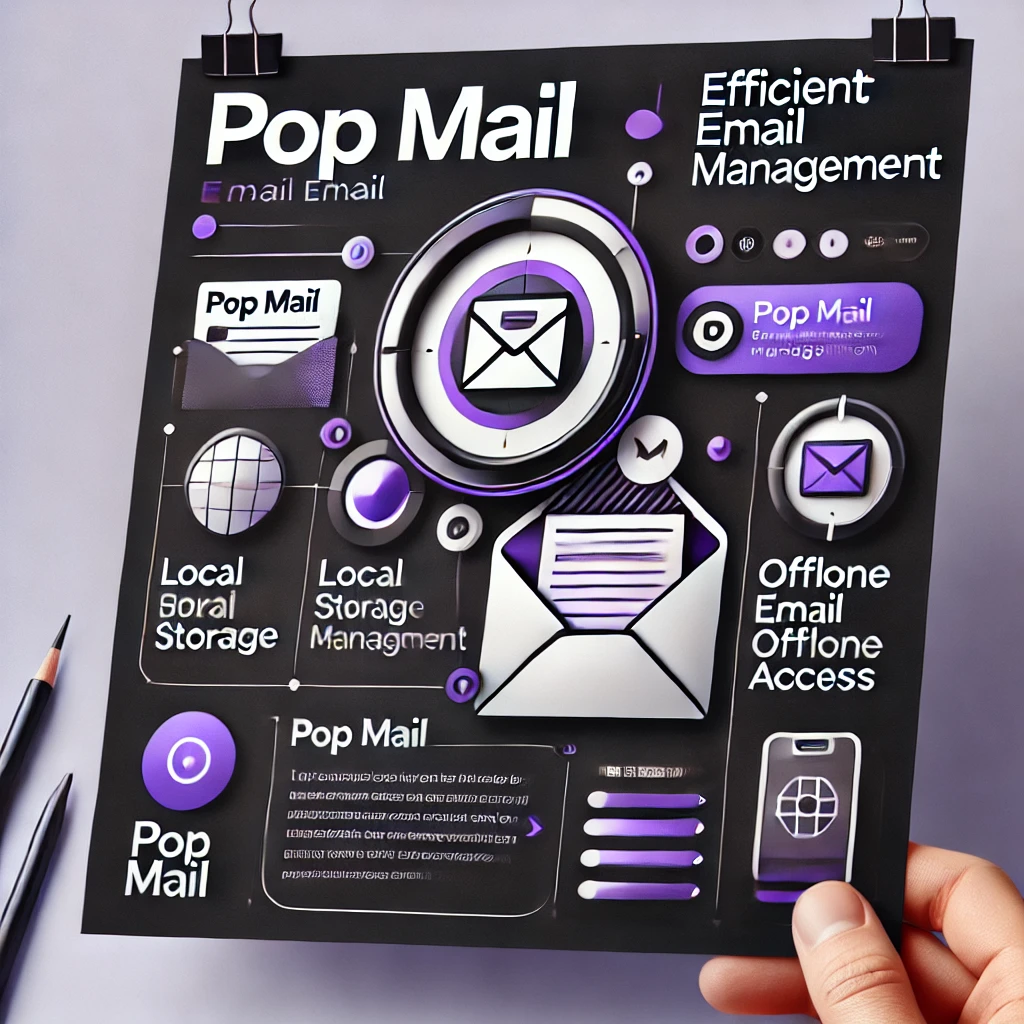In an era where email is a critical component of daily communication, choosing the right email service protocol can significantly impact how you manage your messages. The two most common protocols—POP (Post Office Protocol) and IMAP (Internet Message Access Protocol)—offer different methods of handling your emails. At We Do The Web Digital Marketing Agency, we believe that understanding the differences between these protocols is essential for selecting the best solution for your business needs.
What Is POP Email Service?
POP, which stands for Post Office Protocol, is a method used to retrieve emails from a remote server to your local device. Here are some key points about POP:
- Local Storage Focus: POP downloads your emails to your device and, by default, often deletes them from the server. This allows you to access your messages offline.
- Simple and Straightforward: Its primary function is to retrieve emails, making it less complex than IMAP.
- Limited Synchronisation: Since emails are stored locally, changes made on one device (such as marking an email as read) aren’t reflected on other devices.
Best Use Case for POP:
POP is ideal if you primarily access your email from one device and have limited need for synchronisation across multiple devices. It’s also a good option if you want to manage your storage locally without relying heavily on server space.
What Is IMAP Email Service?
IMAP, short for Internet Message Access Protocol, offers a more sophisticated way to manage emails by keeping them on the server:
- Server-Based Storage: IMAP stores emails on the server, which means you can access the same messages from multiple devices.
- Real-Time Synchronisation: Any changes you make—like reading, deleting, or organising emails—are instantly updated across all devices.
- Enhanced Flexibility: With IMAP, you maintain a complete, consistent view of your inbox no matter where you check your email.
Best Use Case for IMAP:
IMAP is best suited for users who access their emails on multiple devices (smartphones, tablets, computers) and require seamless synchronisation. It’s particularly useful for businesses that need to maintain consistent records across different platforms.
Key Differences Between POP and IMAP
Understanding the core differences between POP and IMAP can help you make an informed decision:
- Storage Location:
- POP: Downloads emails to your device and typically removes them from the server.
- IMAP: Stores emails on the server, allowing for synchronisation across multiple devices.
- Synchronisation:
- POP: Limited synchronisation; actions on one device do not reflect on others.
- IMAP: Real-time updates and synchronisation across all devices.
- Usage:
- POP: Suitable for users who only use one device or prefer local storage.
- IMAP: Ideal for those who need to access emails from multiple devices or require a consistent online archive.
- Offline Access:
- POP: Provides offline access as emails are stored locally.
- IMAP: May require an active internet connection to access all emails, unless offline settings are enabled.
Best Use Cases for POP and IMAP
When to Use POP
- Single Device Usage: If you only check email from one computer or device, POP can be a simple solution.
- Local Storage Preference: When you prefer to store and back up your emails on your personal device rather than on a server.
- Limited Internet Connectivity: If you have unreliable internet access and need to ensure that you can read your emails offline.
When to Use IMAP
- Multi-Device Access: Ideal for users who need to access their email on a smartphone, tablet, and computer.
- Consistent Email Management: If you want your email status (read/unread, folder organisation) to be consistent across all devices.
- Cloud Storage Benefits: When you prefer to keep your emails securely on the server with the ability to access them from anywhere.
Additional Resources
To further enhance your understanding and decision-making regarding POP and IMAP, explore these expert resources:
- Microsoft Support: Detailed information on configuring email clients for POP and IMAP protocols.
- How-To Geek: Easy-to-understand articles and tutorials on the differences between POP and IMAP.
- TechRepublic: Expert insights and articles on best practices for email management.
- Lifewire: Practical tips and guides for optimising your email setup with POP and IMAP.
These resources offer valuable insights and step-by-step instructions to help you manage your email effectively.
Conclusion
Choosing between POP and IMAP email service depends on your specific needs—whether you require the simplicity of local storage with POP or the flexibility of server-based synchronisation with IMAP. Each protocol has its advantages, and understanding these differences can help you make an informed decision to optimise your email management.
At We Do The Web Digital Marketing Agency, we specialise in providing tailored digital solutions that align with your business needs. Whether you need advice on email configuration or comprehensive digital marketing support, our team is here to help.
Contact us today at We Do The Web Digital Marketing Agency and let us assist you in finding the perfect email solution to boost your business productivity and communication.

